Sharing a Sea
June 3, 2016
The past week has been such a blast. I flew in to Tokyo on Tuesday around 3:30 PM local time, leaving from the East Coast on Monday. I still am not sure whether it was the 12-hour flight or the fact that I finally landed in a place I have always wanted to visit, I felt something…different. Nonetheless, we were immediately immersed into our Japan-phase of our projects that day.
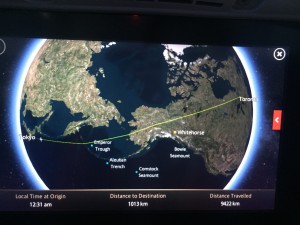
Specifically, I am conducting research on how Japan and the United States deal with natural disasters and their aftermath and whether the two are significantly different. To better our understanding of Japan’s experience with disasters, I did a variety of things with my group such as visit the Edo-Tokyo Museum, the Tokyo Center for Disaster Preparedness, the Peace Boat (NGO) headquarters, and attend an anti-nuclear power protest. Of all of my experiences here, the most refreshing thing to do was meet with undergraduate students that attend Chuo University in Tokyo. We asked them a coupls of questions about their memories of the Tōhoku quake/ tsunami, and many of them were doing daily things in junior high school when they felt the P-waves from the earthquake’s epicenter. Tokyo is quite far away from the Tōhoku region in terms of Japan’s size, and the students still felt the earthquake in a major city. This concerned me a lot as I recently learned that Tokyo is predicted (70%) to have a major earthquake in the next 30 years, which highly likely to be in the range of our lifetime. These students were second and third-year students who are close in age with me, making the situation a lot harder to swallow. Even more so, I asked them all if they were ready to experience something like this, and only 1/4 students in my group had a legitimate, tangible disaster kit with essentials packed away in it for him and his family. After finding this out, the group and I laughed as we realised this student was the only one who had their life together. The students have all experienced natural disasters, but there is always the possibility of so ething bigger and unpredictable to occur at any time along Japan’s rapidly changing faults and plate boundaries.
This made me think a lot about disaster preparedness and mitigation. Is there a point where preparedness reaches an extreme? How will we know the difference between living in fear and being prepared at any moment? Can we really be prepared at any moment?
We carried on our conversations to dinner at a traditional Japanese restaurant. There, I learned more about the culture directly from the students and the customs of Japanese dining.
Below are a couple of more things we did throughout the city:
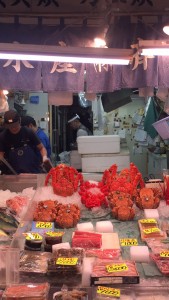
We visited shops around the Tsukiji Fish Market.
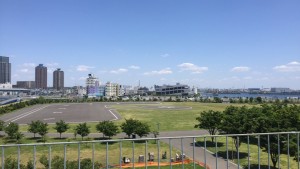
This is the helipad and evacuation zone at the Tokyo Disaster Center.
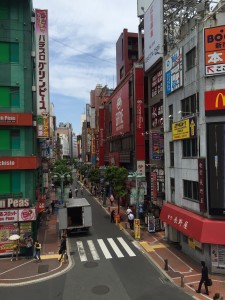
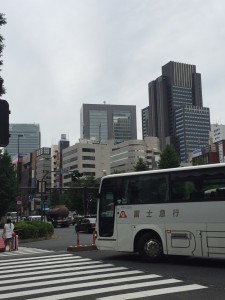
(various views of the city)
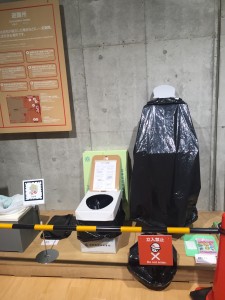 (an interesting makeshift loo in the case of an emergency happening while in an office or on a campus)
(an interesting makeshift loo in the case of an emergency happening while in an office or on a campus)

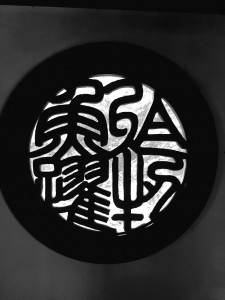
I am glad to say I have finally bridged the gap I longed for across the Pacific, and have created a new relationship with myself and the ocean I have always called home.
Leave a Reply